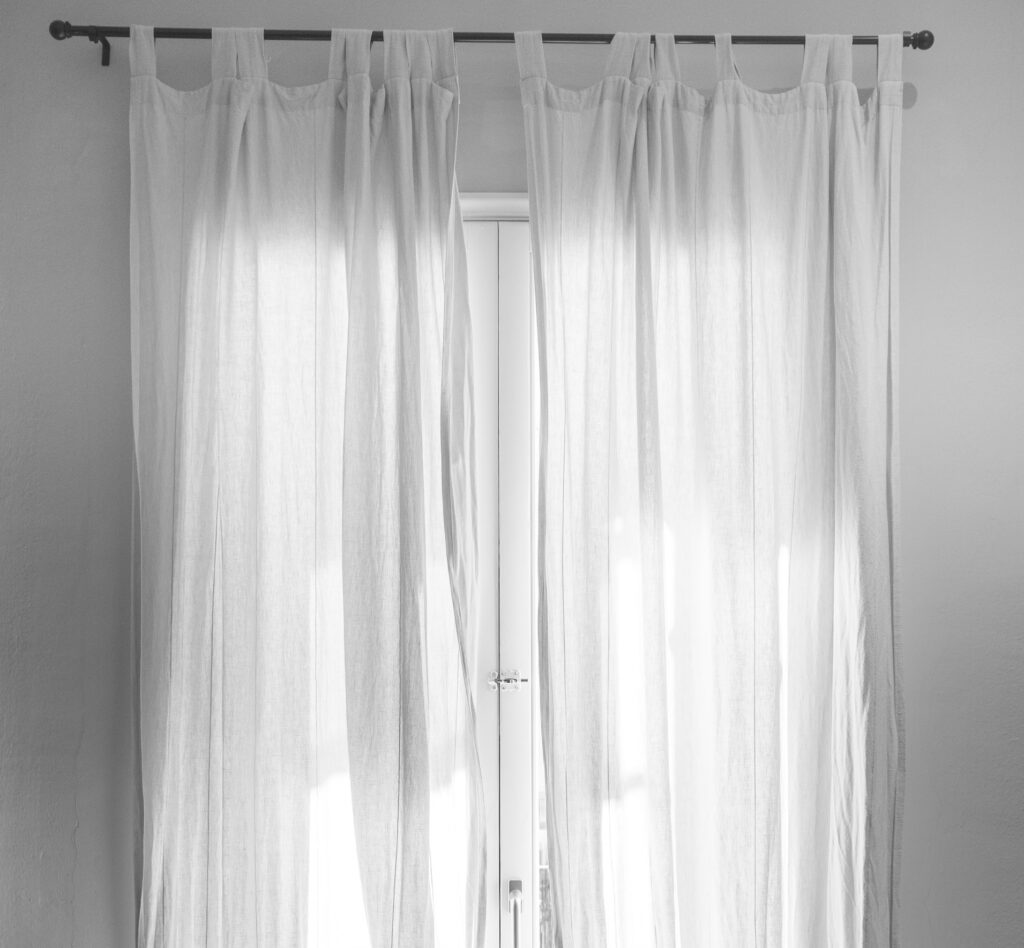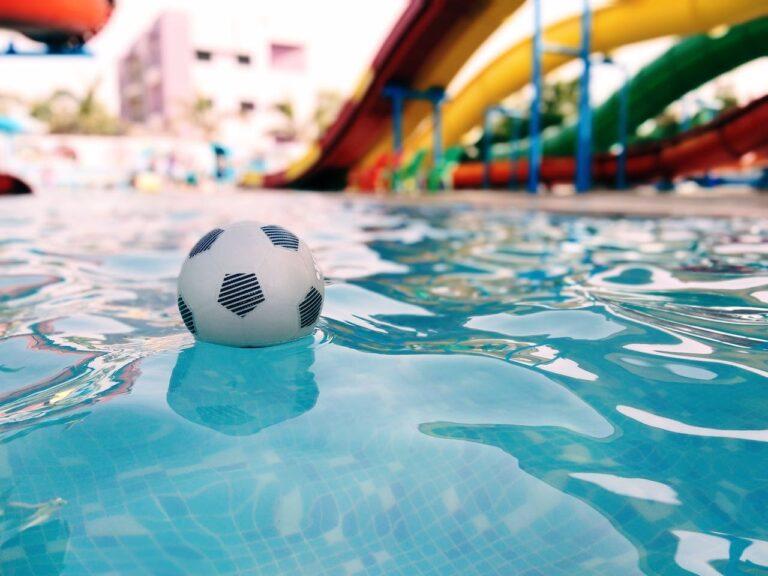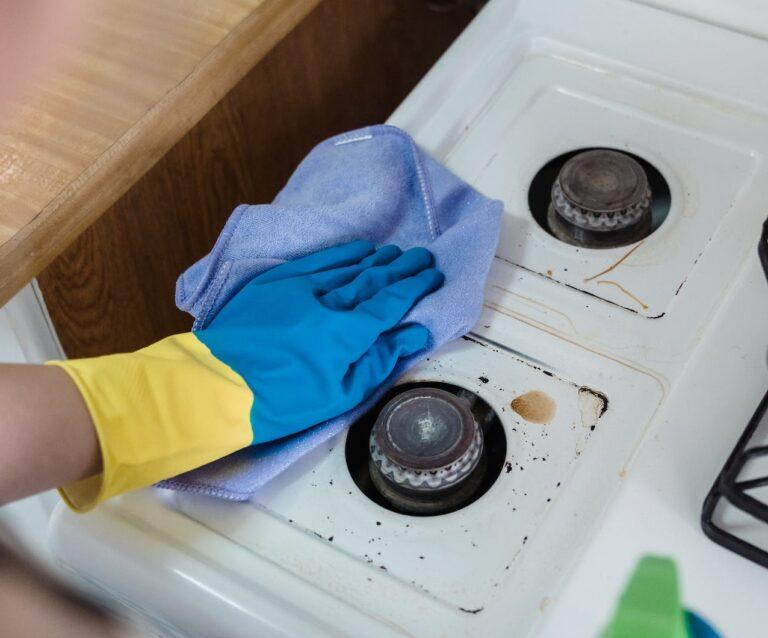Types Of Curtain Hooks: The Ultimate Guide

As much as it’s important to be selective about what curtains to use in your home, what’s just as important is the type of hooks used to hang your curtains. They can alter the appearance of your curtains significantly, which is why I think it’s important for us to discuss the different types of curtain hooks.
There are at least seven types of curtain hooks that can be used in most homes. Depending on your budget and the type of curtain you have, the type of curtain hook most suitable for your needs will vary.
With that being said, let’s take a closer look at the types of curtain hooks available on the market right now.
Table of Contents
What Are Curtain Hooks?

Curtain hooks, also known as drapery hooks, usually hang curtains on curtain rods, which keep them in place.
Although they may look decorative, they serve a practical purpose as well. They keep the curtains in place and prevent them from billowing out or getting tangled while you’re cleaning or doing other things around your house.
They are often used in living rooms, kitchens, and bathrooms.
Curtain hooks can also serve other purposes, such as hanging pictures and decorations on walls.
Curtain hooks can be made of plastic or metal (usually constructed out of steel).
They are often painted in various colors because customers want the curtain to look attractive.
Some curtain hooks are specifically designed for curtains that are made of stiff fabric, while others come in various finishes to match different styles.
They also come with a variety of mounting types.
Drapery vs. Shower Curtain Hooks

Curtain hooks come in two basic shapes: the drapery curtain hook and the shower curtain hook.
The most noticeable difference between the two is their appearance.
A shower curtain hook has a hoop that is bent to form a cupped shape on one end.
This cupped shape is used to hold the shower curtain liner.
A drapery hook does not have this “cupped” end, giving it a different overall look than a shower curtain hook. Shower curtain hooks are used in the bathroom.
They often have a metal frame that is designed to hold the shower curtain in place while allowing it to dry out.
Types Of Curtain Hooks
There are many different types of curtain hooks, but they all essentially serve the same purpose. Here is a list of the most common types of curtain hooks and their uses:
1. Pin-On Hooks
The pin-on hooks are generally the most popular type of curtain hooks because they are cheap but also of good quality. The hooks are pinned at the back of the curtain to hold it in place.
The fact that they are at the back makes your curtain compatible with a variety of hooks.
They give a seamless look with the unsightly hooks at the back after hooking them on the rod rails.
Generally, attaching the hooks to the curtain and then to the rod is not such an easy task. Be prepared to take some time, especially if you have a number of drapes to hang.
2. S-Hooks
S-hooks are easily the most popular and widely used curtain hooks. They are very easy and quick to use, which is why they are often used as shower curtain hooks.
S-hooks usually have a horizontal bar and an “S” shaped hook that allows you to attach them to the curtain rod.
One hook curve has a smaller diameter than the rest of the hook, so it can fit through your drapes but not your pole.
One drawback about the S-hooks is that they tend to get loose when tugged and will even fall off the rod. Also, the hooks are visible from the curtain rod, so you must look for hooks that complement your decor or drapes.
3. Pleater Hooks/Prong Hooks
Pleater hooks are similar to pin hooks except that they can be used to make pleats on plain draperies.
As such, pleat hooks can hang any type of fabric with which you want to make a curtain.
Pleater hooks feature four prongs that pierce the fabric and retract into the hook, sealing in an anchor to keep the pleats from unraveling.
One thing, though, is that pleats tamper with the width of your fabric, so you have to ensure the drape you are using will still be enough for the space once it has pleats.
Overall, they are a great invention that allows you to have a flat or pleated look for your curtains.
4. Built-In Hooks
Built-in hooks are often used for shower curtain suspension. The hooks appear as embedded metal or plastic rings at the top of shower curtains.
They are considered pretty functional and convenient, as they do not require any tools for installation.
You just have to slide them through the shower curtain rod without skipping a ring hook.
5. Holdbacks
Holdbacks are usually made of metal and appear similar to shower curtain hooks.
They are best suited for static-free curtains, as they are designed to hold the drape in place without using any other tools or holders.
The only real disadvantage of holdbacks is that if your curtain does not have a tight fit, you may find yourself having to use other means to hold the curtains.
This may be acceptable if you have a large number of drapes and these methods can be completed quickly.
6. Clip Rings/ Round Rings
Clip rings are generally used as curtain ties or curtain hooks.
They are made up of a clip and a ring, with a screw that goes into the base of the ring. The clip part is good for holding onto curtains or drapes with rings of certain sizes.
Clip rings are not visible when the curtain is closed. They are designed to match most drapes; therefore, they can be used on any type of curtain.
7. Sew-On
Sew-on resemble pin hooks, but their prongs have rounded eyes on one side rather than ones that insert into the fabric.
Sew-on gets sewn directly into the curtain fabric, and the hooked side can then be inserted into the rings and glides of the curtain rod.
The only downside is that you need to take extra time and stitch them on if you want them to be located in specific areas, as they cannot be repositioned once they are installed.
How To Choose Curtain Hooks

Picking the best curtain hooks is not hard if you know what makes them tick. When choosing between a shower curtain hook and a drapery hook, you should take into account the following;
1. What material are you using for the curtain?
Most curtain hooks are metal and, therefore, can rust when put in contact with moisture. Will the curtains be exposed to rain or shower water on a regular basis? If so, you should consider using rust-proof hooks.
2. Are you using the drapes or curtains to make a statement?
With some hooks, you can have different shapes depending on their use; they can even be used as part of your décor.
3. What are your needs?
Depending on your needs, you can get hooks with various fastening methods; some of the most common include clips, rings, and screws.
Can You Hang Curtains Without Hooks?
Yes, you can hang curtains without hooks.
Not all curtains use hooks to hold them in place. You also use magnets to hold the curtain against the metal rod.
You can buy curtains that already employ the technique. Also, you can embed the magnets in the curtain yourself.
To use this method, your rod must be compatible, and you must make sure the magnets are made of a high-quality alloy.
Final Thoughts
From all the different types of curtain hooks available, round rings tend to be my favorite. They look ultra-sleek and elegant. However, they are slightly more expensive than normal pin-on hooks.
If you enjoyed this article, I’m pretty sure that you will find the following articles super useful:
1. How to block lights from top of curtains.





